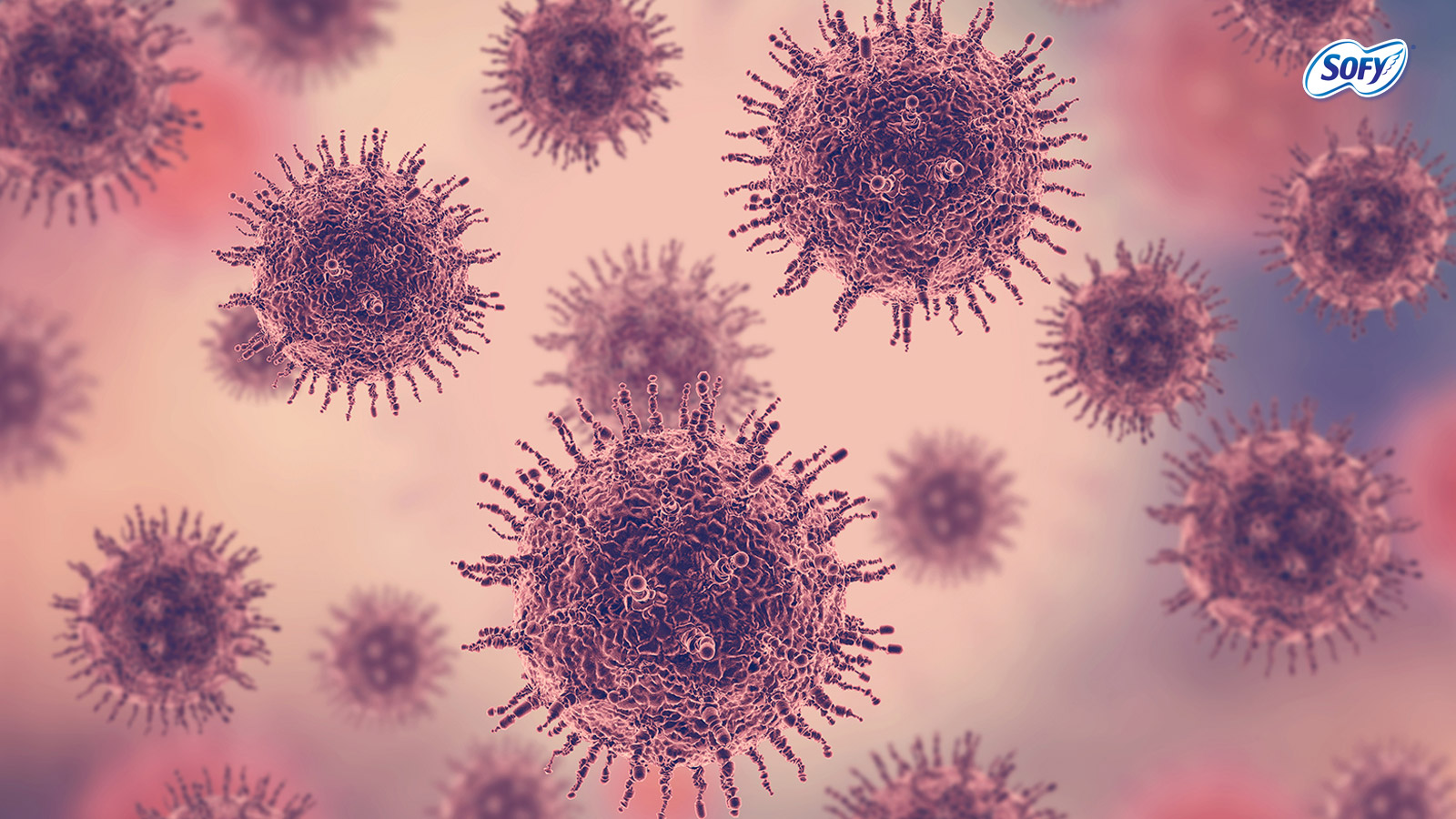We all know that even the slightest discomfort in your lady parts can create a huge freakout scene, primarily because it is not the norm. From a slight pain to unusual amounts of discharge, it is normal to question things and flip out a little. But when it comes to something like a Yeast Infection, you cannot really control your concerns. But that doesn’t mean that you have to. Over 75% of women will have at least one Yeast Infection in their lifetime.
Why is that you ask? Because most healthy vaginas have yeast. Our vaginas contain a healthy balance of bacteria and yeast. The hormone estrogen allows the lactobacilli to grow. This bacteria kills harmful organisms in the vagina and keeps you healthy. But when something causes an imbalance, a fungus called candida can grow out of control and cause a yeast infection.
Now yes, yeast infections can be itchy, irritating and uncomfortable and no one really likes to talk about them. But vaginal yeast infections are very common in women and can happen to anyone at any time. The good news? Most yeast infections can be cleared up quickly and easily.
So What Causes Yeast Infections?
A vaginal yeast infection, also known as vulvovaginal candidiasis, happens when the healthy yeast that lives in your vagina grows out of control. Leading to itching and other irritating symptoms. The medical name for a yeast infection is “Candidiasis,” as it is usually caused by a fungus called Candida.
Anything that throws off your normal vaginal chemistry can lead to an increase in yeast growth and cause an infection. Certain behaviors can make an imbalance more likely to occur. For example, certain types of antibiotics can increase your chances of getting a yeast infection because they kill the normal bacteria that live in the vagina. Things that can cause changes in your vagina’s general environment are:
- Everyday Changes In Hormone Levels (During Your Menstrual Cycle)
- Antibiotics, Cortisone, And Other Drugs
- Wearing Underwear That Is Too Tight
- Not Washing Your Vagina And In Between The Folds Thoroughly
- Pregnancy
- Diabetes
- A Weak Immune System
- A Natural Reaction To Another Person’s Genital Chemistry
What Are The Symptoms Of Yeast Infection?
You’ve been feeling uncomfortable and itchy “down there” for days. Could it be a yeast infection? There’s no need to fret because yeast infections are fairly easy to identify. The more common symptoms that women experience during a yeast infection are itching and burning on the outside of the vagina, also known as the vulva. Some may also notice that their vulva is swollen and red.
Vaginal itching generally gets worse the longer you have the infection. In the more extreme cases, you can develop fissures or sores on your vagina and vulva. If your lady parts are super irritated then you may also face a stinging sensation when you pee. Other symptoms to be on the lookout for, are a rash or swelling around your vulva or vagina, pain when trying to go to the bathroom or during intercourse, general soreness or irregular vaginal discharge.
By irregular vaginal discharge, we mean a thick white liquid that doesn’t exactly smell or smells slightly different than your normal discharge. You may also develop a creamy white coating in and around your vagina.
How Do I Treat Yeast Infections?
Yeast infections can usually be cured within a few days with some antifungal medicine. But first, go to your doctor and have them check you to make sure it’s just a yeast infection. If it goes untreated for too long, it can develop into Bacterial Vaginosis or something more serious.
Even though yeast infections can be really itchy, please try not to scratch. It can make the irritation worse or cause cuts in your skin. This may, in turn, spread germs and lead to more infection. Ask your doctor to give you tips on relieving the burning and itching.












